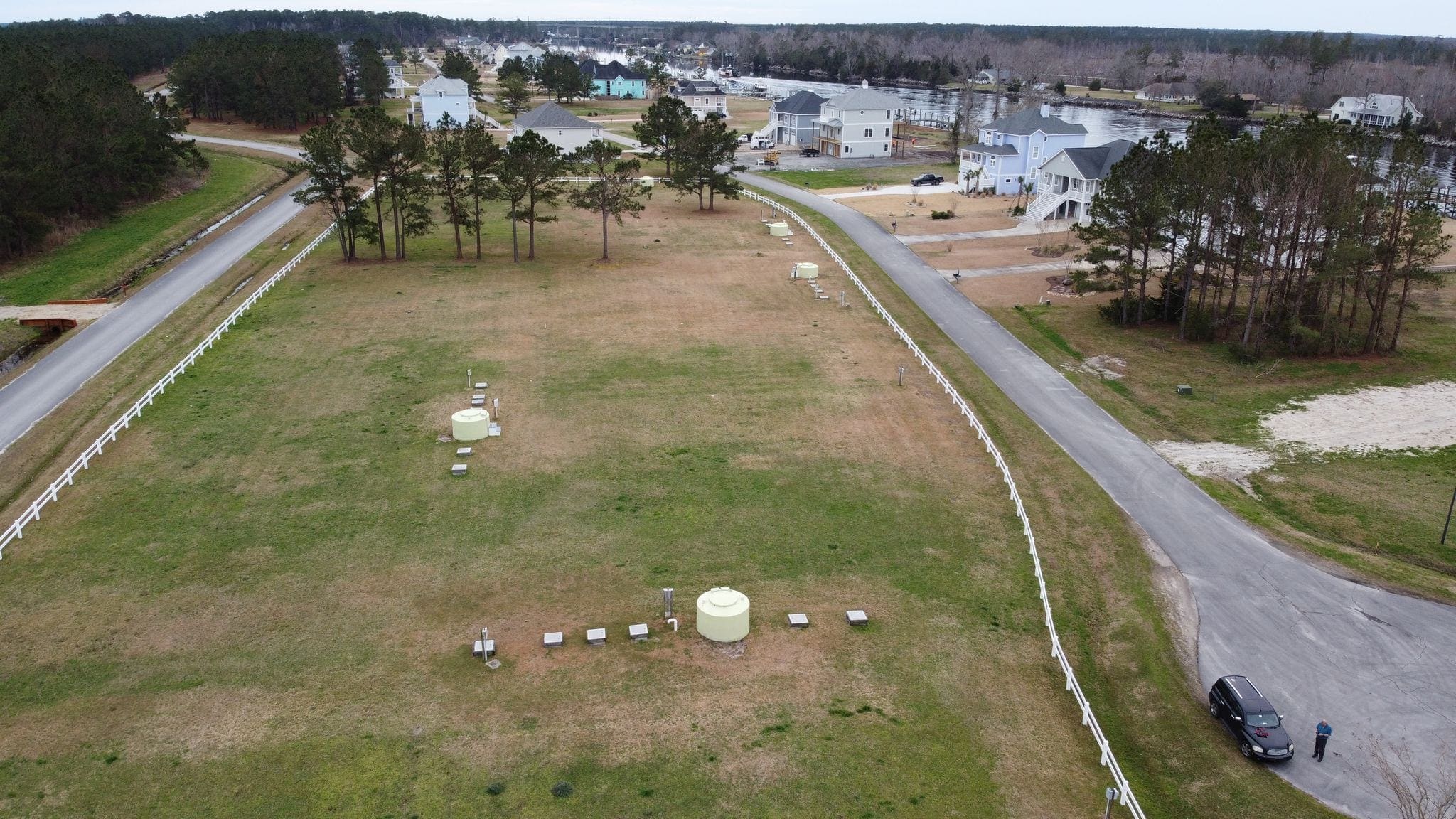“Water Environment & Technology” article co-authored by AquaPoint founder, Craig Lindell

Edit: August 2020 – The below post was written as a summary of this article, which has been made available in full by WE&T Magazine.
Craig Lindell, who founded AquaPoint in 1992, recently had an editorial published in “Water Environment & Technology” magazine. While the article itself is available to Water Environment Federation members only (for online access & membership information click here), Craig took some time to summarize themes from both this years & last years article:
Water Environment & Technology, the monthly journal of the Water Environment Federation (WEF) has in June of 2019 and again in June 2020 published co-authored editorials on the importance of a scalable approach to municipal sewer . In 2019 I collaborated with WEF’s Small Communities Committee Chair and we addressed the need for states to design a third wastewater regulatory code or “governing system” that
- Integrated the interests of citizens and communities such as reduction in costs and increases in property values with the interests of code compliance.
- Integrates wastewater treatment with water resource management where the economic, ecological, and social circumstances determine the economies of scale; where environmental risk determines the Operations and Maintenance (O and M) costs of compliance; and where just in time delivery expands the options for financing infrastructure renewal.
- Encourages the use of root cause analysis planning technologies that enable people to think as a group.
- Increase available capital by shifting from state revolving funds to loan guarantee programs.
In June 2020 myself and WEF’s President Elect, Lynn Broaddus, co-authored “Now is the time to do things differently.” In it we insist infrastructure renewal must go beyond rate structures and design systems that
- Encourage states to modify legislative, regulatory, financial and ecologically responsive guidelines.
- Enable and incentivize programmatic structures that transcend the limitations of the Environmental Health and Point Source codes.
- Include performance based codes that include climate change, rainfall, flooding, resource limitations and recovery, power outages and national security as essential considerations for the design of infrastructure renewal.
- Enable communities to think strategically and collaboratively about the size, scale and risk considerations associated with the phasing of construction as well as life cycle operations and maintenance schedules.
- Leverage scalable infrastructure renewal that is:
- flexible,
- minimally disruptive,
- pay as you go,
- just in time.
- Design infrastructure renewal:
- to maximize capital formation,
- enhance non-rate based sources of revenue,
- Converts intangible assets such as variances, ordinances and special purpose legislation into tangible assets.




